Playing pickleball is like standing on top of a giant ping-pong table but playing with a wiffle ball and a large paddle. It is silly… and fun… and addictive. But what happens when the final game ends, and you cannot play again for a time? Perhaps you are going out of town, or it is raining, or the courts are closed for maintenance, and you cannot play. But you find yourself thinking about pickleball all the time. All is not lost! You can do off-court activities to improve your game and prevent injury. This article describes five ways you can do this.
Cross-train and condition. You might associate cross-training with pro athletes, but your recreational pickleball games will improve if you do another sport. It will also help you avoid injury. “Any sport can benefit from a little cross-training, and pickleball is no different,” says Jesse Simon, IPTA-certified Pickleball instructor and head pro at the House of Pickleball in Leland, N.C. “Weight training can help reduce injury and increase your power without over-exertion. Swimming and yoga are easy on the body and can help with flexibility, strength, and balance.”
Pickleball is a sport that “relies on the body to provide adequate mobility, strength, balance, proprioception, and coordination. It places high demands on both upper and lower extremities,” explains Gerard Desmond, DPT, a Board Certified Clinical Specialist in Orthopedic Physical Therapy and Sports Physical Therapy. “Staying fit is one of the most important factors in preventing injury,” he says.
Desmond says that cross-training in other sports using different muscle groups from pickleball can help you avoid overuse injuries and reduce the risk of strains from repetitive motions. He suggests tennis, ping pong, and badminton, which have skills that can improve hand-eye coordination. Tennis and badminton, like pickleball, use lateral movement and quick footwork.
Agility drills, including ladders, cones, and jumping jacks, are excellent for developing balance and stability on the court. Desmond adds, “It’s important to strike a balance between your primary sport and cross-training activities to ensure that you benefit from diverse skills and conditioning each sport offers.” Desmond recommends a general workout that includes stretching and strengthening exercises for the upper and lower extremities and balance movements. “Working out three times a week should be sufficient, but allow a day off in between for rest,” he says.
“Start with low-intensity legwork, including straight leg raises in all planes, leg extension, leg curls, heel raises, high knee stepping, squats, shoulder shrugs, upper back rows, arm curls, shoulder lateral raises, shoulder forward raises, and triceps kick-backs. Utilizing a light resistance band for shoulder internal and external rotation can also help.” He suggests practicing these movements slowly at first and gradually increasing resistance.
According to the U.S. Centers for Disease Control and Prevention (CDC), more than one of four Americans aged 65 and older fall each year, resulting in more than 3 million injuries treated in the emergency departments annually, including over 800,000 hospitalizations. Therefore, Desmond emphasizes the importance of balance in maintaining health, “Improving balance is vital to preventing injuries in pickleball.” However, so many people never incorporate balance into their exercise routine. He offers the following advice on balance exercises.
“Tandem balance occurs when one heel touches the opposite toe directly in front of the other foot. Balance can be a challenge, and it’s important to start first with your eyes open in a narrow base of support using both feet together for one minute, progressing to standing on an unstable surface, like a pillow or folded-up blanket. You can progress by trying the same exercise with closed eyes, as your body no longer relies on your visual cues but only your proprioceptors. It becomes more challenging when you perform tandem and progress to single-leg balance with your eyes closed. When practicing these drills, it’s important to do them at first with chairs on both sides of your body to prevent yourself from falling.”
By incorporating cross-training and conditioning into your routine in your time off the court, you will increase your ability to perform the physical requirements of pickleball, such as endurance, strength, flexibility, agility, and balance. These activities can improve your play and prevent injury.
Analyze strategy. During your time away from the court, you should tap into some of the many instructional videos posted on YouTube. Topics include tips and opportunities to learn strategies such as how and when to use a drop shot, communicate with your partner, and slow down the game. But you will also want to watch the pros play, analyzing their shot selection. Jean Hamilton, a 4.5 pickleball player and IPTA and PPR-certified coach suggests that you can become a more competitive player by embracing and implementing the core principles listed below into your game. Review and visualize the following techniques, forming a positive mental image to tap into when you are on the court and ready to execute them.
Practice good body fundamentals. Always Be Ready! Keep your paddle up and maintain an athletic stance; be on the balls of your feet, watch the ball, make contact out in front of your body, and use your shoulder and legs to hit and lift the ball while limiting wrist or elbow movement.
- Consistently deliver your shots, keeping the ball in play, and letting the other team make mistakes.
- Use compact swings to place the ball, as placement is more important than power.
- Be balanced and under control when you hit the ball.
- Hit the ball to your opponents’ backhands, as backhands tend to be weaker than forehands.
- Strike the ball to your opponent’s feet and make them bend/reach and pop up the ball. Get your serves and returns IN and DEEP. Try to get to the NVZ line whenever possible because you win the most points when your team is up at the line. Your team is in an offensive vs. defensive position when you are at the NVZ line.
- Hit the ball to the opponent furthest back on the court.
Identify balls hit to you by zone height and strike the ball back to your opponent accordingly. There are three zones: Red, Yellow, and Green. Return a ball in the Red zone, a ball that is hit to you below the net’s height, by softly hitting the ball up as in a dink shot. A ball hit to you about waist high is in the Yellow zone, and you can hit the ball harder than a dink with a punch, block, or swing volley. A very high ball hit to you above the net is in the Green zone, and you should hit the ball downward and hard for an overhead shot. Shadow-play, practicing each of the core principles without a ball but with a paddle in hand, is an excellent way to train your neurons to fire when needed during court play. An advantage to this practice is that you can do it anywhere.
Learn the rules. Take advantage of your downtime to read the USA Pickleball official rule book. Learning the rules of playing and scoring will help you understand the game better. Your fellow pickleball players will love asking you for advice on regulations, especially when deciding if the ball is in or out! The rules are reviewed and modified mid-year and yearly, so it is a good idea to check back periodically for updates. You will find the rulebook posted here: https://usapickleball.org/docs/USA-Pickleball-Official-Rulebook-2023-v4-1.pdf. You can find and read blogs that discuss pickleball rules and rule changes, such as The Pickler and Pickleheads
Practice skills. You can practice skills off-court, and you can also purchase aids to help you. With just a paddle and a ball, you can practice paddle bumps and repeatedly bouncing the ball on the paddle to develop hand-eye coordination. To help with this training, Simon has an instructional channel, Pickleball Instruction, with videos demonstrating drills you can do off-court.
Several companies sell rebounders to practice your strokes. For example, The DrillPickle Rebounder includes images of targets and a net that you can place on a garage door or wall to practice dinking, volleying, and groundstrokes. The Pickle Bucket created by Simon is the perfect solution for off-court practice. The game includes a pickleball, wooden pickleball paddles, set-up pieces, and a bucket. The game is a fun way to practice volley skills, soft game skills, and footwork. But it also teaches communication as you find yourself saying, “Leave it!”, “Help it!” and other pickleball callouts that make playing with your partner more effective. Simon notes, "Recreational players can get a little better through gameplay, but drilling without game pressure promotes the highest degree of skill building. My game of Pickle Bucket promotes soft-volley skills, which are necessary to get to the NVZ line when you are in the transition zone.”
Warm up and cool down. Maybe the rain has stopped, or the weather is warmer, or you are back from vacation, and you are bursting to get back out on the courts. Well, not so fast! Before you go back out to play, there is one more off-court activity you should do. You should do stretching and dynamic warm-ups so you can hit the courts ready to play your best and avoid injury.
As a physical therapist, Desmond says, “I can’t overemphasize the importance of developing a consistent, safe, and comprehensive warm-up routine. Many people do not take precautions or engage in warming up prior to playing. Pre-game stretches and warm-ups are crucial. Individuals should warm up for 5 to 10 minutes before playing. Regular stretches and using correct techniques during the game can reduce injury risks. Emphasizing proper techniques, coupled with consistent active stretching to the shoulders, wrists, quadriceps, hamstrings, inner thighs, lower back, and calves, along with a slight warmup of jogging forward, backward, and lateral movements can mitigate the risk of injury.”
Hamilton suggests that “before play, it is important to get blood flowing in both your upper and lower body. Dynamic warm-ups are ideal.” You should perform each of the following for one minute.
- Forward and backward lunges
- High knee march
- Side shuffles
- Fast feet within and out (mimic stepping in/out of a ladder)
- Arm circles
- Arm swings (swimming motion)
Hamilton further recommends stretching each of the following areas for 30 seconds after play.
- Calves, hamstrings, quads, inner thighs
- Pectorals/chest
- Back
- Arms
Incorporating these five pickleball activities into your routine will help you become a better player and hopefully have more fun. Now, you can warm up your pickleball skills on the court.
Editor’s Note: Kathleen is a new writer. We welcome her to the Cape Fear Voices Team

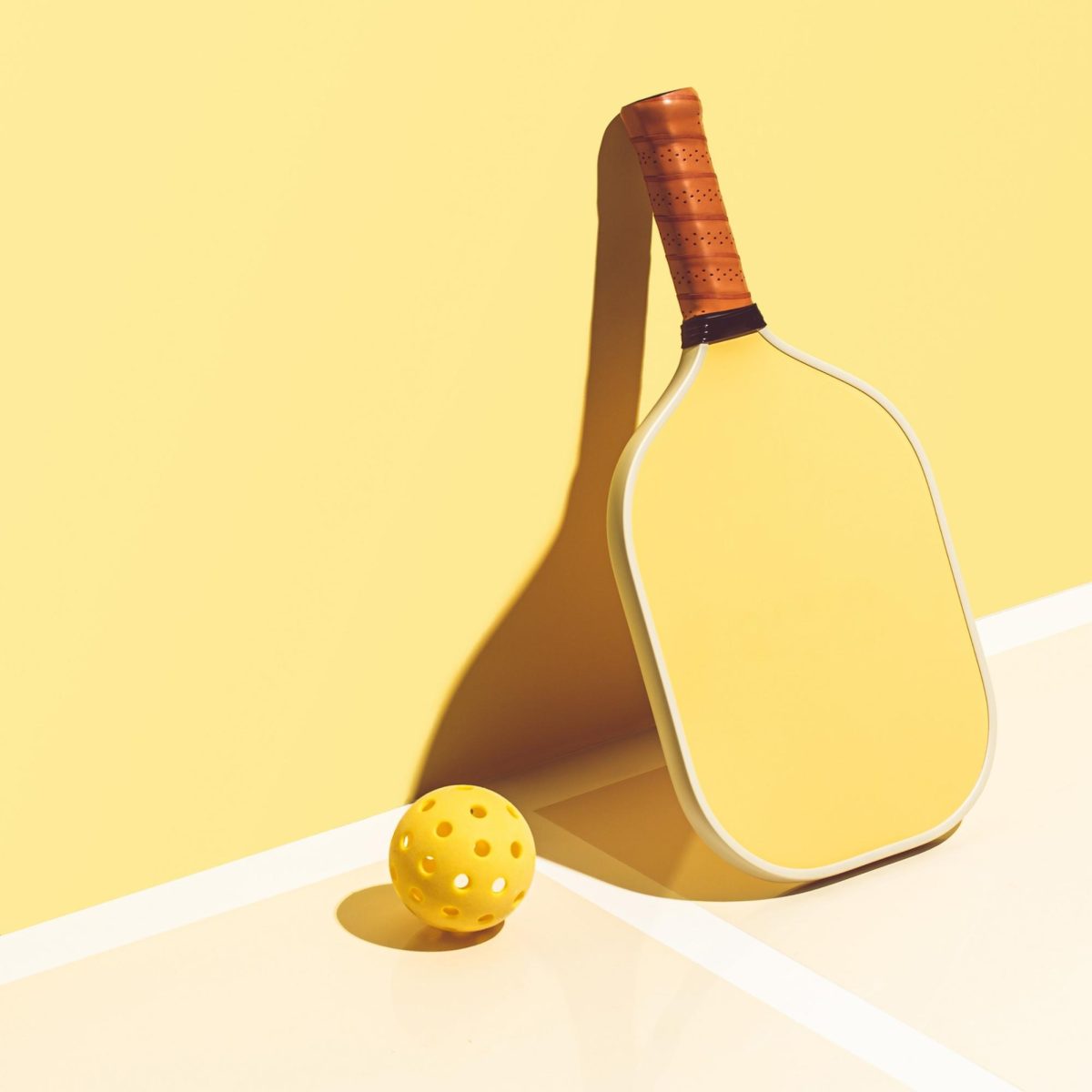



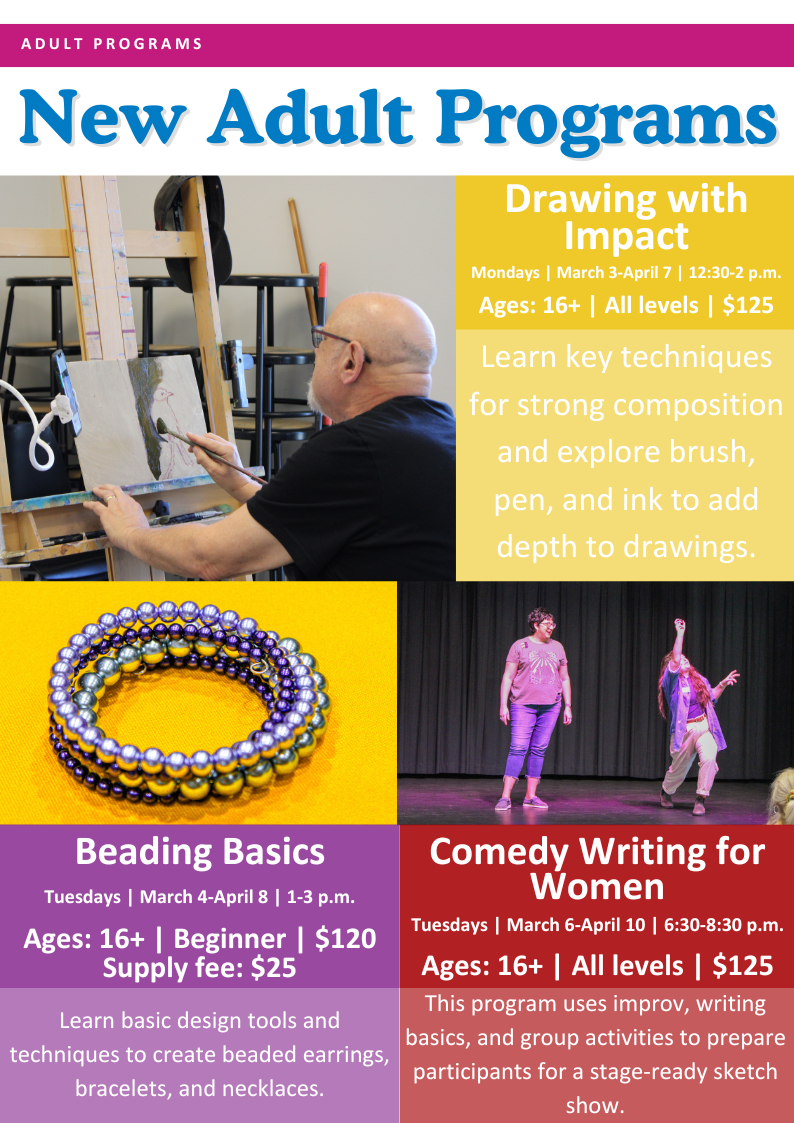
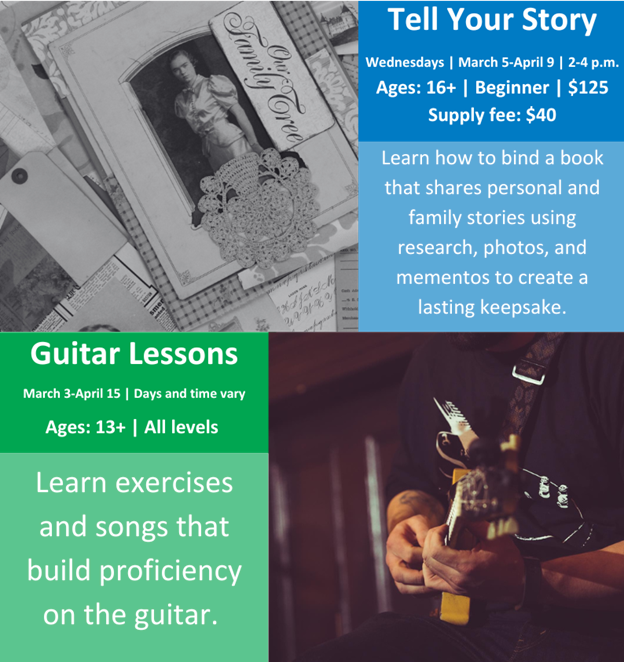
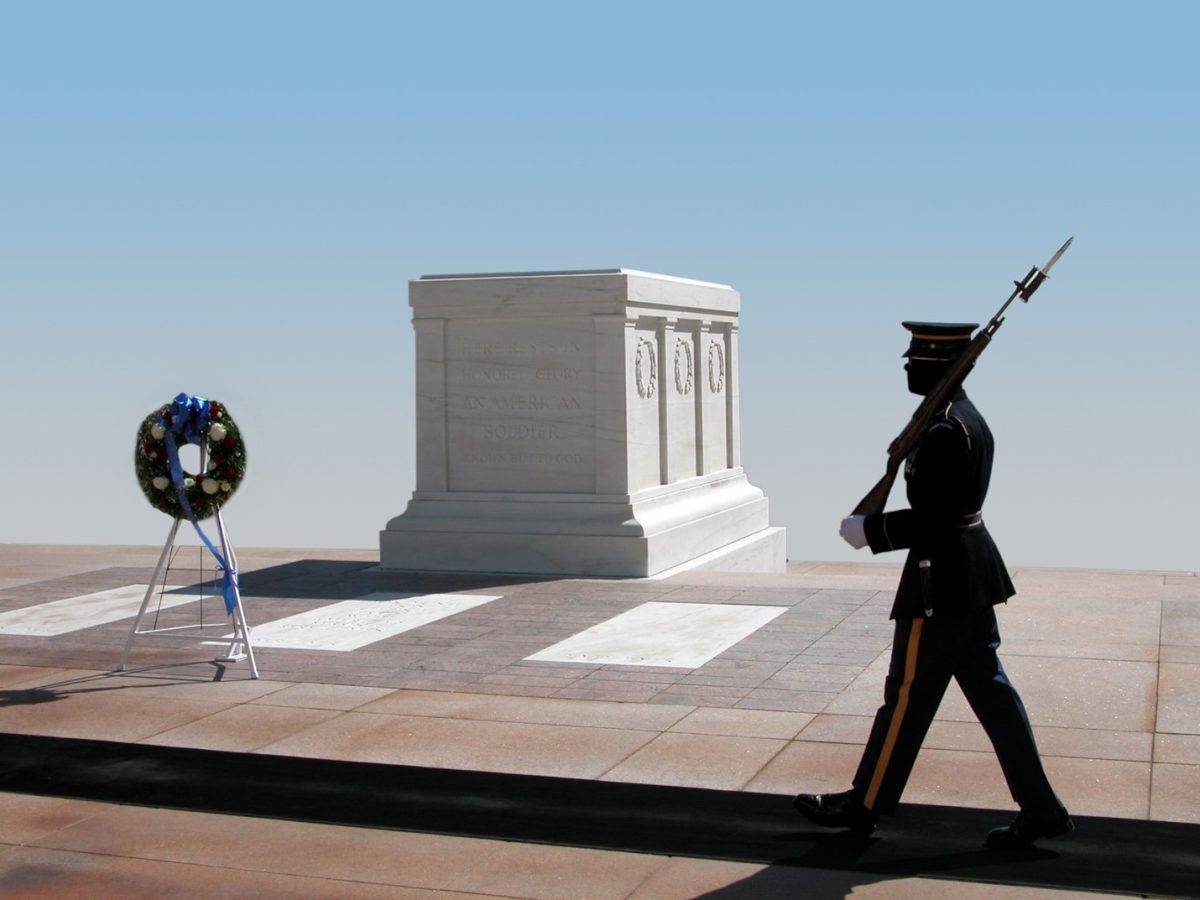

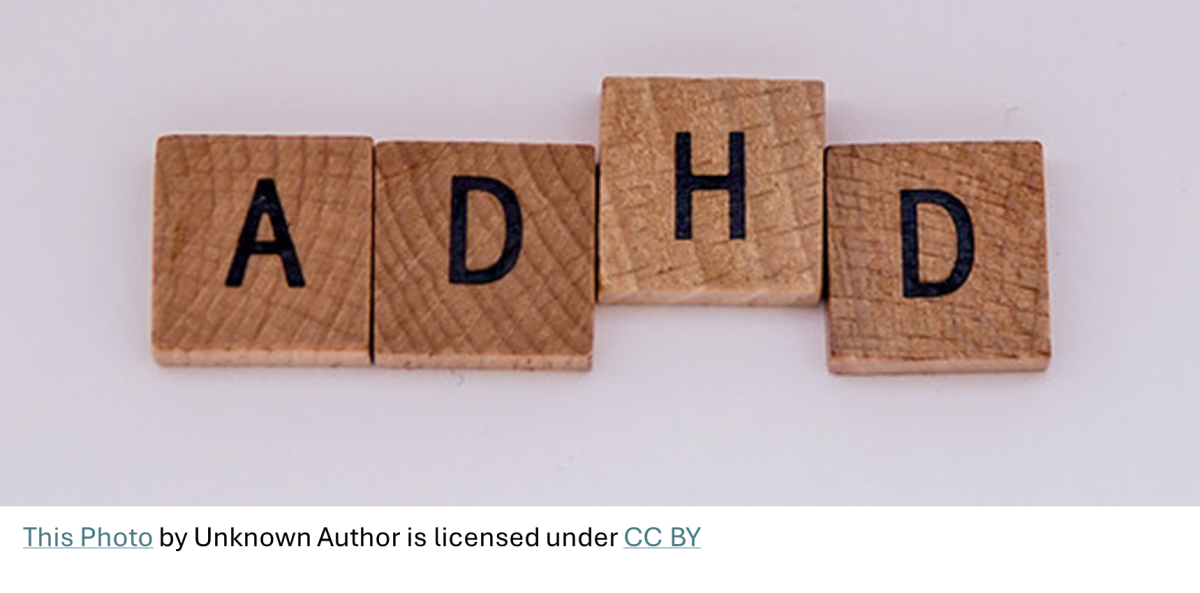

Mark Guagliardo • Jan 2, 2024 at 5:16 pm
Well written piece. Thank you.